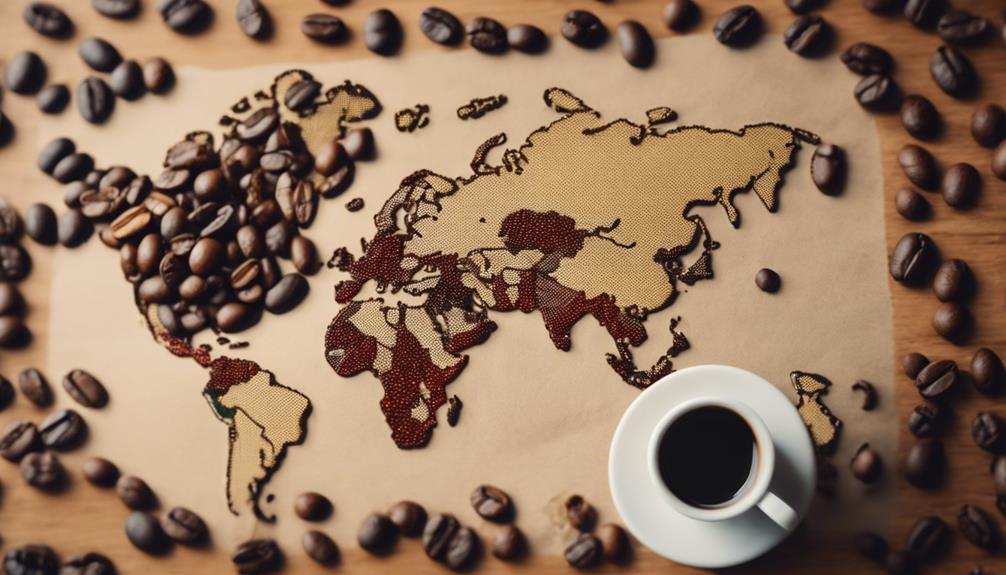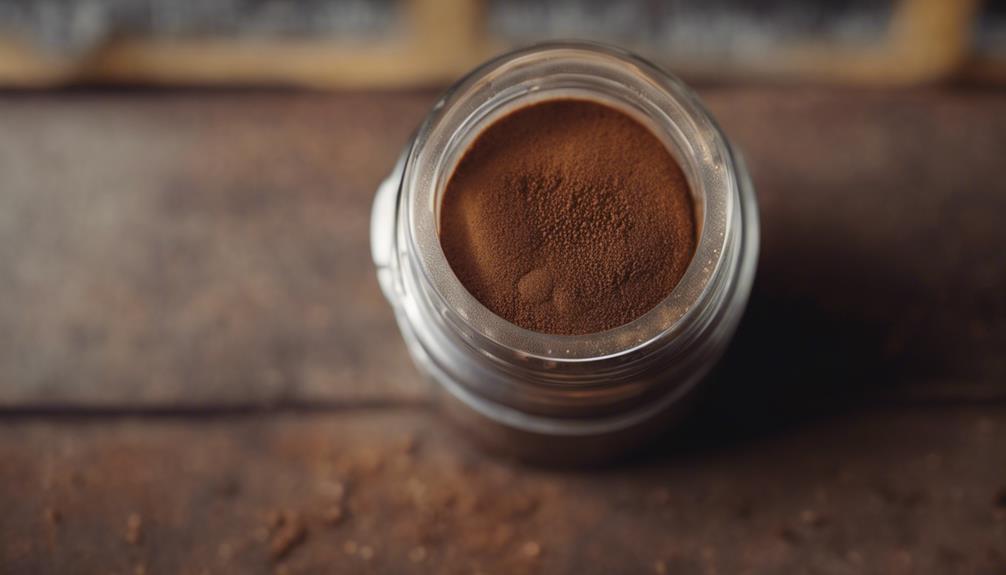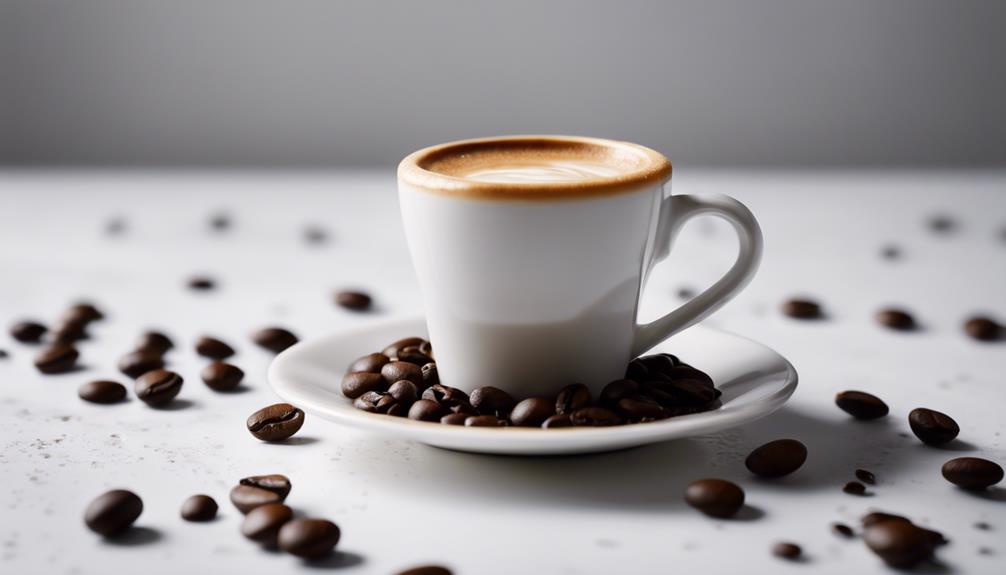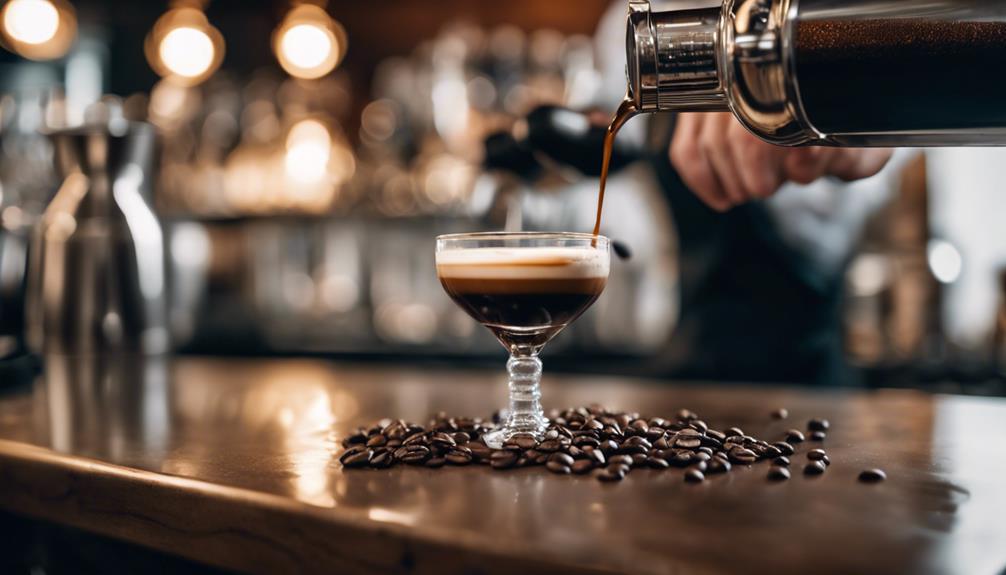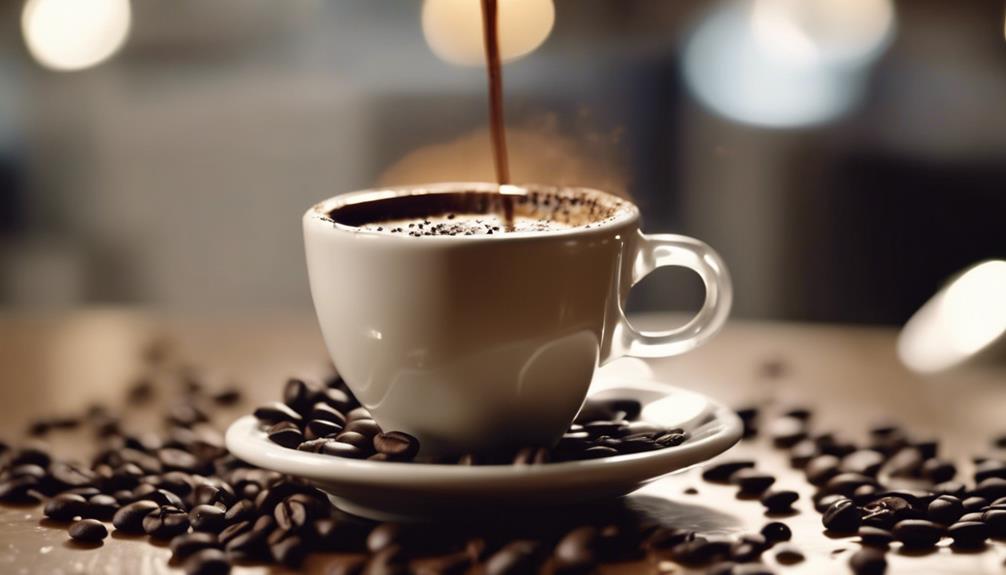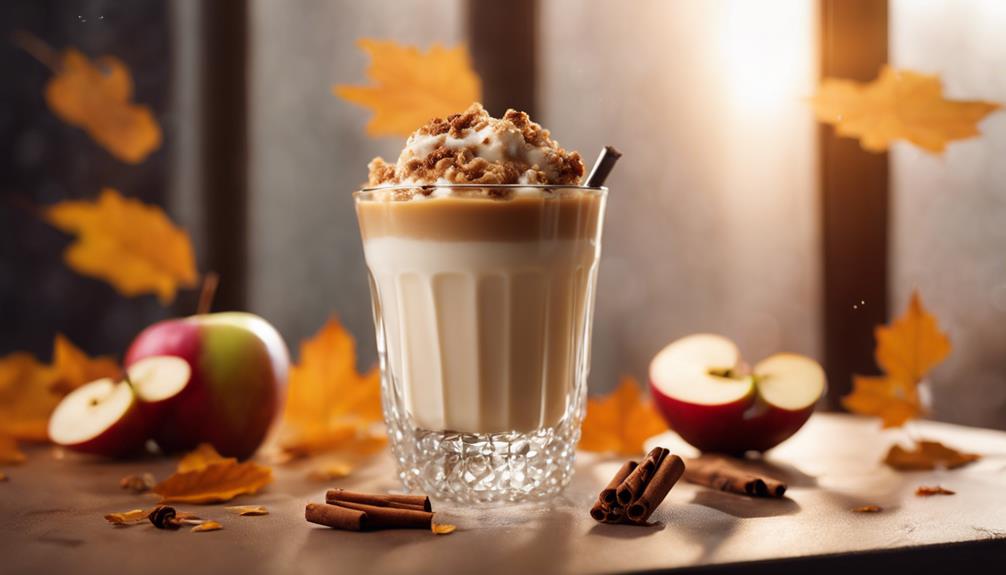Discover Tag Espresso’s origins with seven fascinating facts: 1) Established as a trailblazer in Singapore, placing an emphasis on quality with 100% Arabica beans. 2) Showcases unique flavor profiles, reflecting regional influences and enhancing taste experiences. 3) The distinctive flavors are shaped by geographic origins, carefully sourced for a rich taste. 4) Offers a variety of popular blends, with a focus on 100% Arabica beans. 5) Different processing methods, such as washed and natural, impact taste by either removing cherry or adding fruity notes. 6) Brewing optimization with recyclable capsules ensures a premium coffee experience. 7) Palate training deepens appreciation, assisting in distinguishing the unique blends of Tag Espresso. Explore more about Tag Espresso’s captivating journey.
Key Takeaways
- Tag Espresso is a pioneer local brand in Singapore, introducing 100% Arabica beans for rich flavors.
- Its focus on premium Arabica beans sets it apart, with a loyal customer following and outlets at prominent locations.
- Tag Espresso meticulously sources beans from specific regions, showcasing diverse flavor profiles influenced by geography.
- The brand's coffee range offers unique flavor profiles with capsules designed for freshness and aroma.
- Tag Espresso's commitment to quality extends to sustainable practices, using 100% recyclable aluminum capsules for a premium coffee experience.
The Birth of Tag Espresso
Tag Espresso emerged as the pioneer local brand in Singapore that introduced 100% Arabica coffee beans to the market. This marked a significant shift in the coffee scene, as Tag Espresso prioritized quality and flavor by focusing on Arabica coffee. By bringing this premium bean to the forefront, Tag Espresso set itself apart from other coffee brands in Singapore, offering a unique and sophisticated coffee experience to its customers.
The emphasis on Arabica coffee beans allowed Tag Espresso to create a range of espresso coffees that were rich, smooth, and full of flavor. This commitment to quality and taste quickly garnered a loyal following, establishing Tag Espresso as a go-to destination for coffee enthusiasts. With outlets at prominent locations such as Raffles City Shopping Center and Takashimaya S.C., Tag Espresso made its presence known in the local coffee scene.
As Tag Espresso continues to expand, with plans for a new outlet at Club Street, its dedication to providing high-quality Arabica coffee remains steadfast. This commitment to excellence ensures that customers can enjoy guilt-free indulgence with every sip of Tag Espresso's finest coffee flavors.
Unique Flavor Profiles of Tag Espresso
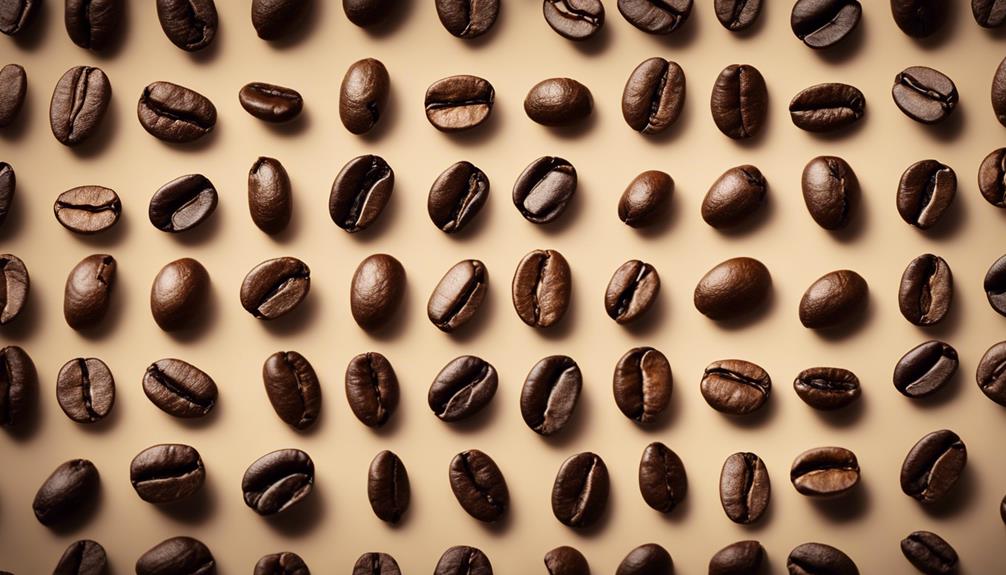
With a focus on delivering distinctive flavor experiences, explore the unique flavor profiles offered by Tag Espresso.
Tag Espresso is a favorite coffee choice for many due to its range of unique flavors, including classic espresso, lungo, and ristretto. Each capsule contains a blend of 100% Arabica coffee beans, carefully selected to provide distinct and enjoyable taste experiences.
The capsules are designed to maintain the freshness and aroma of the coffee beans, ensuring a flavorful and consistent taste with every brew. Compatible with most Nespresso machines, Tag Espresso offers convenience without compromising on quality.
Whether you prefer intense and bold flavors or smooth and aromatic notes, Tag Espresso caters to a variety of taste preferences. This diverse selection of flavors makes Tag Espresso a popular choice for those seeking a high-quality coffee experience at home.
Impact of Location on Tag Espresso
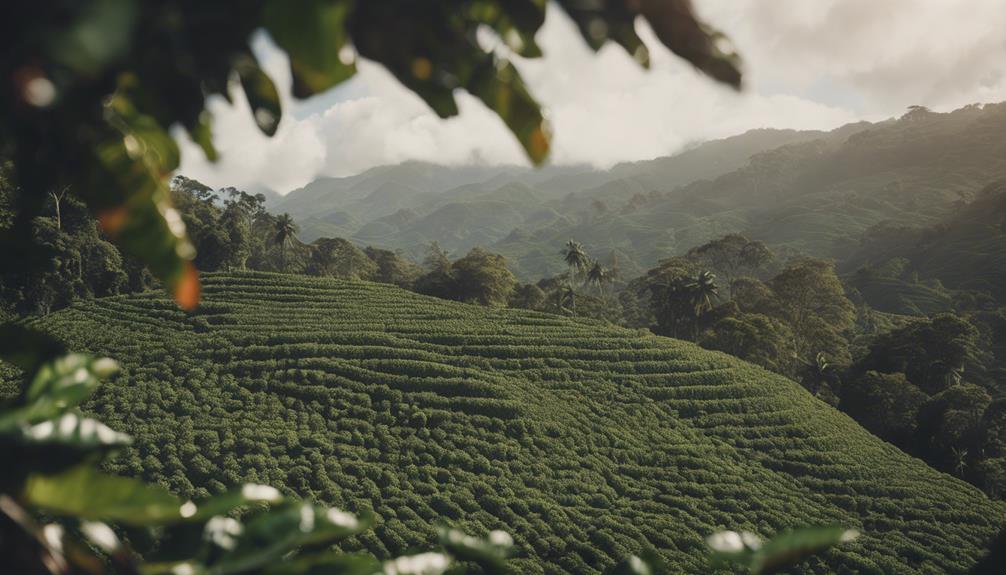
The location where coffee beans are grown plays a significant role in shaping Tag Espresso's distinctive taste. Different regions infuse their unique characteristics into the beans, resulting in a diverse flavor spectrum from fruity to nutty notes.
Understanding the geographic influence on espresso, known as terroir, sheds light on Tag Espresso's commitment to quality and flavor diversity.
Geographic Influence on Espresso
Geographic origins play a significant role in shaping the distinct flavors found in Tag Espresso's coffee capsules. The 100% Arabica beans sourced from specific locations renowned for high-quality coffee production undergo meticulous processing to guarantee a premium end product.
These beans, originating from diverse regions worldwide, bring forth a spectrum of unique flavor notes that contribute to Tag Espresso's rich coffee blends. By focusing on the geographic influences behind their coffee sources, Tag Espresso assures a range of profiles and tastes in their offerings.
This attention to detail in understanding how location impacts coffee production not only enhances the complexity of their blends but also highlights the dedication to delivering diverse and exceptional quality through their coffee machines. Embracing the nuances brought about by different geographical regions, Tag Espresso showcases a commitment to providing a varied and nuanced coffee experience for enthusiasts seeking distinctive flavors in each cup.
Terroir's Espresso Effect
Influencing Tag Espresso's distinctive flavor profiles, the terroir of each sourced coffee origin plays a pivotal role in shaping the coffee experience. The specific regions from which Tag Espresso sources its beans are known for their unique flavor profiles, influenced by the geographical location where the coffee is grown.
The distinct terroir of Tag Espresso is a result of various factors such as climates, altitudes, and soil compositions differing across regions. Tag Espresso's dedication to single origin beans underscores how location impacts the flavor profile, allowing for a deep exploration of diverse tastes in every cup.
- Climate: Varying climates in different coffee-growing regions contribute to the flavor nuances found in Tag Espresso.
- Altitude: The altitude at which coffee is grown affects the beans' characteristics, shaping Tag Espresso's overall taste.
- Soil Composition: Differences in soil compositions add unique undertones to Tag Espresso, enriching the coffee drinking experience.
Varieties of Tag Espresso Beans

Tag Espresso offers a variety of bean types, with a focus on 100% Arabica beans known for their superior quality. These beans are meticulously sourced to guarantee rich flavors that cater to diverse preferences.
Popular blends are available, each showcasing unique regional flavor profiles for a delightful coffee experience.
Tag Espresso Bean Types
Among the varieties of espresso beans used by Tag Espresso, the 100% arabica beans stand out for their exceptional quality and flavor. These beans are carefully sourced to guarantee a premium taste experience for coffee enthusiasts like you. When you brew a cup of Tag Espresso using these beans, you can expect a rich and aromatic flavor profile that sets it apart from other options on the market.
Here are three key points about Tag Espresso bean types:
- 100% Arabica Beans: Tag Espresso prides itself on using only the finest arabica beans in its coffee capsules, ensuring a superior taste.
- Range of Flavors: The arabica beans from Tag Espresso offer a diverse range of flavors, catering to various preferences and palates.
- No Coffee Machine Needed: With Tag Espresso's innovative coffee capsules, you can enjoy a delicious cup of espresso without the need for a coffee machine.
Experience the convenience and luxury of Tag Espresso's bean types, designed to elevate your coffee-drinking experience.
Regional Flavor Profiles
Discover the diverse regional flavor profiles offered by Tag Espresso, each highlighting unique characteristics from different coffee-growing regions. Tag Espresso takes pride in sourcing 100% Arabica beans from specific areas to create a range of coffee blends that cater to various taste preferences. Below is a table showcasing some of the regional flavor profiles available:
| Region | Flavor Profile Description |
|---|---|
| Latin America | Bright acidity, fruity notes, and a smooth, balanced taste. |
| Africa | Floral aroma, wine-like acidity, and hints of citrus and berries. |
| Asia-Pacific | Earthy undertones, full-bodied flavor, and a lingering finish. |
| Central America | Nutty sweetness, medium acidity, and a clean, crisp finish. |
With Tag Espresso's regional flavor profiles, you can immerse yourself in a flavorful journey through the world of coffee, experiencing the distinct characteristics each region has to offer.
Popular Blends Available
Delight in a selection of popular blends crafted from a variety of Arabica beans sourced from different regions by Tag Espresso. These blends, meticulously put together to showcase the unique flavors of each bean, offer a diverse range of tasting experiences.
Here are some popular Tag Espresso blends you can enjoy:
- Colombian Blend: Experience the rich and balanced flavors of Colombian beans in every cup of coffee.
- Brazilian Blend: Indulge in the smooth and nutty notes of Brazilian beans, creating a delightful new coffee experience.
- Ethiopian Blend: Explore the fruity and floral undertones of Ethiopian beans, adding an invigorating twist to your morning cup of coffee.
Tag Espresso's commitment to quality and creativity ensures that each blend caters to a variety of preferences, whether you prefer a bold and robust brew or a more nuanced and subtle flavor profile.
Try out these popular blends to elevate your coffee-drinking experience.
Significance of Processing Methods
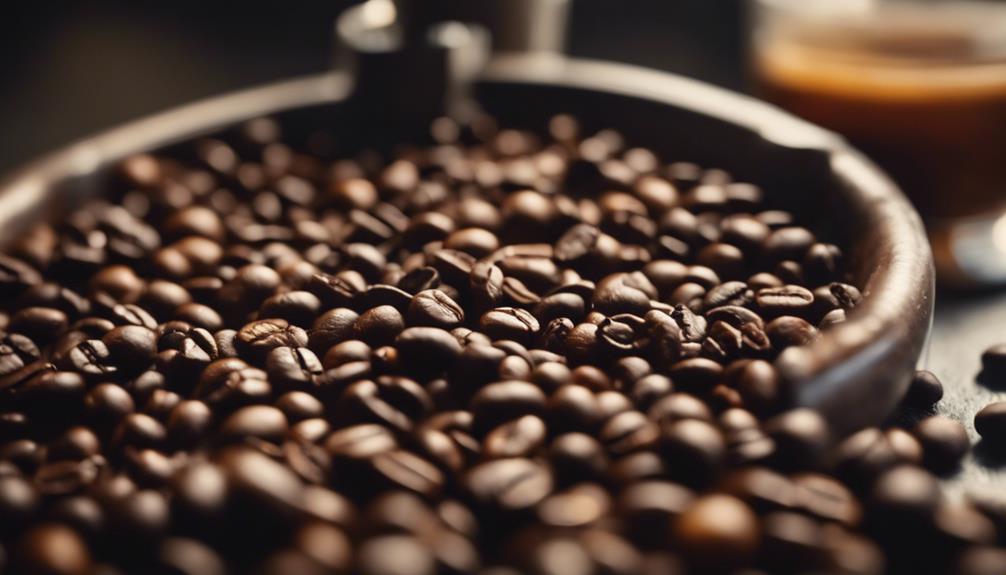
Coffee processing methods play a significant role in shaping the taste and flavor profile of espresso. Luigi Bezzera, the inventor of the first espresso machine, would agree that the method used to process coffee cherries greatly impacts the final brew's characteristics.
For instance, instant coffee, which undergoes a different processing method, has a distinct taste compared to freshly brewed espresso due to variations in the processing techniques.
When it comes to espresso, the processing methods of washed, natural, and honey are vital. Washed processing, for example, involves removing the cherry and mucilage before drying the beans, resulting in a cleaner and brighter taste.
On the other hand, natural processing lets the beans dry inside the cherry, adding fruity and fermented notes to the coffee. Understanding these methods can help you appreciate the complexities of espresso flavors and choose the type that best suits your palate.
Brewing Optimization for Tag Espresso
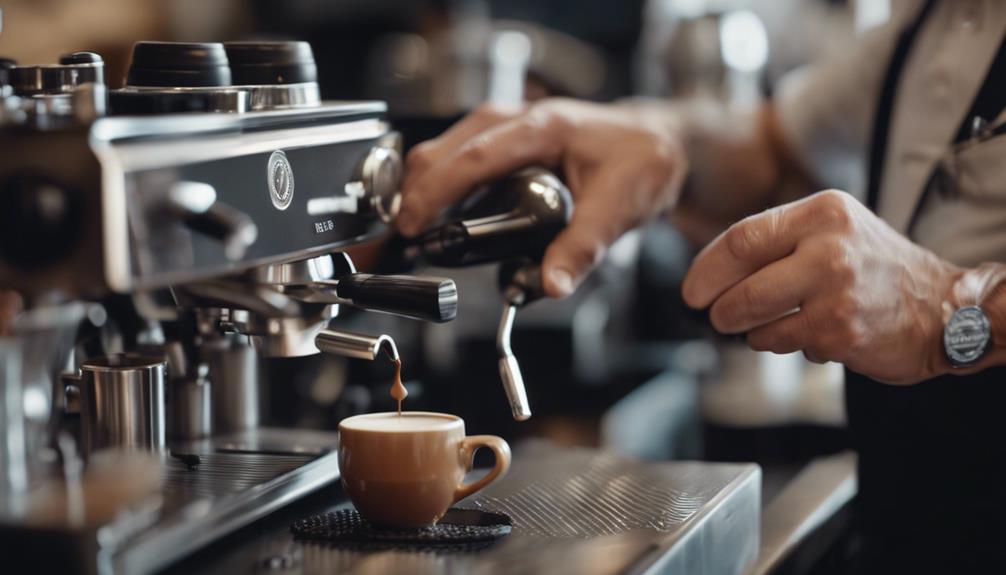
To optimize the brewing process for Tag Espresso capsules, follow a simple 3-step method that guarantees a premium coffee experience with every cup.
- Choose the Right Cup Size:
The Tag Espresso capsules are designed for a larger size cup, so make sure to select a cup that can accommodate the full flavor profile of the espresso.
- Convenient Brewing:
Tag Espresso capsules offer a hassle-free brewing experience without the need for a coffee machine. Simply pop in the capsule and enjoy a rich and aromatic espresso in minutes.
- Sustainable Practice:
Brewing Tag Espresso not only provides a delicious cup of coffee but also promotes sustainability. The capsules are made from 100% recyclable aluminum, ensuring you can enjoy your coffee guilt-free.
Palate Training for Tag Espresso Appreciation
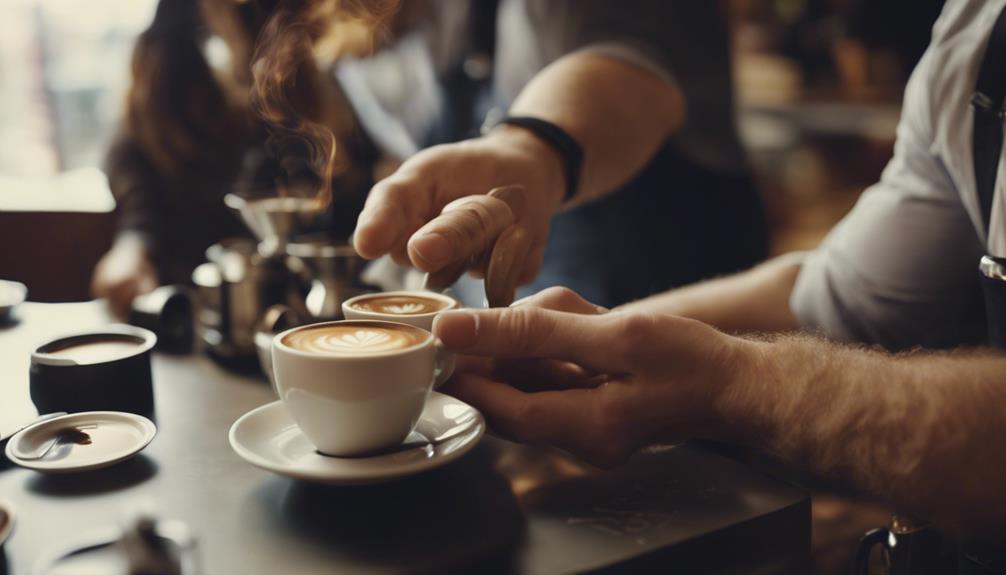
Engage in palate training to deepen your appreciation for the diverse flavor notes found in Tag Espresso. Palate training involves honing your ability to identify the various flavor profiles present in Tag Espresso, ultimately enhancing your overall coffee appreciation.
By understanding the nuances of Tag Espresso flavors through palate training, you can commence on a journey towards a more profound coffee tasting experience. These training sessions help individuals distinguish between different Tag Espresso blends and origins, allowing for a more refined understanding of the specific characteristics each one offers.
Moreover, participating in palate training for Tag Espresso can assist you in developing a more discerning palate for coffee flavors and aromas. Educating yourself through these sessions won't only enrich your coffee appreciation but also enable you to savor the unique taste profiles that make Tag Espresso stand out.
Embrace palate training as a tool to reveal the full potential of your coffee tasting experience.
Frequently Asked Questions
What Are Some Interesting Facts About Espresso?
Espresso is a regulated Italian specialty that packs intense flavor with around 50 beans per shot. The 2.5% fat content gives it a creamy texture. Extraction demands 132 pounds per square inch pressure.
Its taste has shifted from bitter to nuanced over time.
What Is Unique About Espresso?
Espresso stands out for its high-pressure brewing method, creating a concentrated flavor profile that's intense and pungent.
The Italian government regulates espresso production to guarantee quality and authenticity.
With around 50 coffee beans used per shot, the process requires 132 pounds per square inch of pressure.
Additionally, espresso has a higher fat content of about 2.5% compared to regular coffee due to its unique brewing technique.
What Is the Oldest Espresso Machine?
The oldest espresso machine, invented by Angelo Moriondo in 1884, was a steam-powered marvel. This groundbreaking invention revolutionized coffee brewing and set the stage for modern espresso technology.
Moriondo's machine marked a significant milestone in the history of coffee preparation, paving the way for further innovations in the field. Its steam-powered mechanism was a game-changer and laid the foundation for the espresso machines we enjoy today.
Who Made the First Espresso Coffee?
Luigi Bezzera, an Italian inventor, created the first espresso coffee. In 1901, he patented the first espresso machine, aiming to brew coffee faster.
Originally dubbed 'fast coffee' for its quick brewing process, espresso revolutionized the coffee industry. Bezzera's invention laid the foundation for the modern espresso we enjoy today.
His innovative approach to coffee brewing has left a lasting impact on the way we experience this beloved caffeinated beverage.
How is Espresso Liqueur Related to the Origin of Espresso?
The origin of espresso is closely related to espresso liqueur’s unique qualities, as it was the result of experimentation with coffee and alcohol. This decadent liqueur is a perfect marriage of rich, robust espresso and the smooth, warming notes of liquor, creating a delightful treat for coffee and cocktail lovers alike.
Conclusion
In the intricate dance of flavors and origins, Tag Espresso emerges as a true connoisseur's delight. From its humble beginnings to the complex brewing process, each cup tells a tale of craftsmanship and dedication.
So, next time you savor a sip of Tag Espresso, remember the journey it undertook to reach your palate. Embrace the richness, the complexity, and the history in every drop, and let it awaken your senses to a world of coffee like never before.
